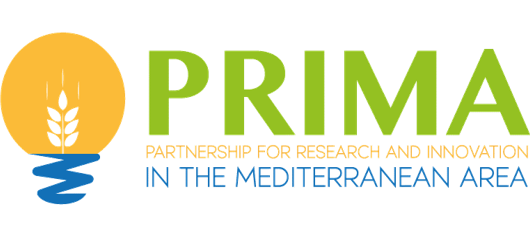 Determining Irrigation Requirements of Extensive Crops Using the Typical Meteorological Year Adjusted to the Growing Cycle Period
Determining Irrigation Requirements of Extensive Crops Using the Typical Meteorological Year Adjusted to the Growing Cycle Period
In the Castilla-La Mancha (CLM, Spain) region, most of the irrigated area is managed by two different strategies in which the previously defined irrigation requirements of crops affect both the distribution of crops and the sustainable management of groundwater resources. Thus, in the western Mancha system, the amount of irrigation water per farm is limited, while in the eastern Mancha system the irrigable area per farm is limited. Therefore, the use of average irrigation requirements in these areas may cause yield drops in dry years and the overuse of groundwater. Consequently, the main aim was to achieve a better approach to the irrigation requirements of the main extensive crops in CLM (maize (Zea mays L.), onion (Allium cepa L.), garlic (Allium sativum L.), and barley (Hordeum vulgare L.)) to help farmers and water authorities achieve higher yields and a more sustainable use of water resources. The typical meteorological year (TMY) methodology combined with the MOPECO model were used to: (1) determine the distribution of wet, intermediate, and dry years during the growing cycle of the four selected crops; (2) determine the average (AVE) and typical irrigation requirements of these crops for the complete 70 years series (TMYG) or the duration of the crop cycle (TMYC), and under wet (TMYW), intermediate (TMYI), and dry (TMYD) year conditions; and (3) recommend the irrigation depths to be used for the management of farms and water bodies. The results show that the number of wet, intermediate, and dry years depends on the growing cycle of the crop considered, with wet years being unusual, although they notably increase the average rainfall in the area. The irrigation requirements for the average year were between 20.4 and 9.0% lower than the average irrigation requirements calculated for the four studied crops during the 70 years of the series. For western Mancha farmers the recommended irrigation depth for dry years and most profitable crops (garlic and onion) is the one calculated for the driest year of the series, while for the rest of the years and crops is that estimated by the global dry TMY (TMYGD). For eastern Mancha farmers the recommended irrigation depths are also those estimated by the TMYGD. © 2022 by the authors.
Keywords:
climatic series; typical meteorological year; average year; MOPECO; garlic; barley; onion; maize

